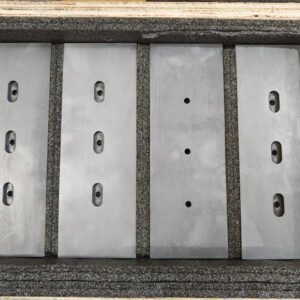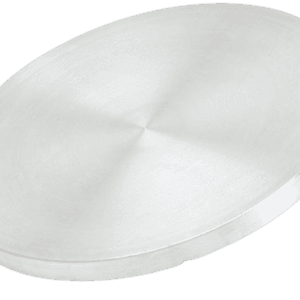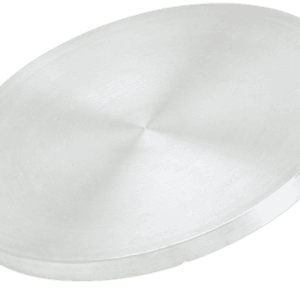Germanium Antimony Tellurium Doped Carbon C-GST Target Description
The Germanium Antimony Tellurium Doped Carbon (C-GST) Target is an alloy sputtering material with the formula Ge/Sb/Te/C. This target is crucial for phase change memory devices due to its ability to rapidly and reversibly switch between crystalline and amorphous states. Compared to other phase change materials, C-GST offers superior thermal stability, high crystallization rates, and extended durability. The addition of carbon enhances the material’s thermoelectric performance and lowers the RESET voltage.
Related Product: Germanium Telluride (GeTe) Sputtering Target, Bismuth Antimony Telluride (Bi/Sb/Te) Sputtering Target
Germanium Antimony Tellurium Doped Carbon C-GST Target Specifications
| Material | Germanium Antimony Tellurium Doped Carbon |
| Symbol | Ge/Sb/Te/C |
| Color/Appearance | Grey |
| Melting Point | / |
| Density (g/cm3) | 5.7 |
| Available sizes | Φ440mm Other dimensions available |
Germanium Antimony Tellurium Doped Carbon C-GST Target Applications
The Germanium Antimony Tellurium Doped Carbon (C-GST) Target is used primarily for phase change memory materials.
Germanium Antimony Tellurium Doped Carbon C-GST Target Packing
Get Contact
TFM offers Aluminum fication and Sputtering Targets in various forms, purities, sizes, and prices. We specialize in high-purity thin film deposition materials with optimal density and minimal grain sizes, which are ideal for semiconductor, CVD, and PVD applications in display and optics. Contact Us for current pricing on sputtering targets and other deposition materials that are not listed.





Reviews
There are no reviews yet.